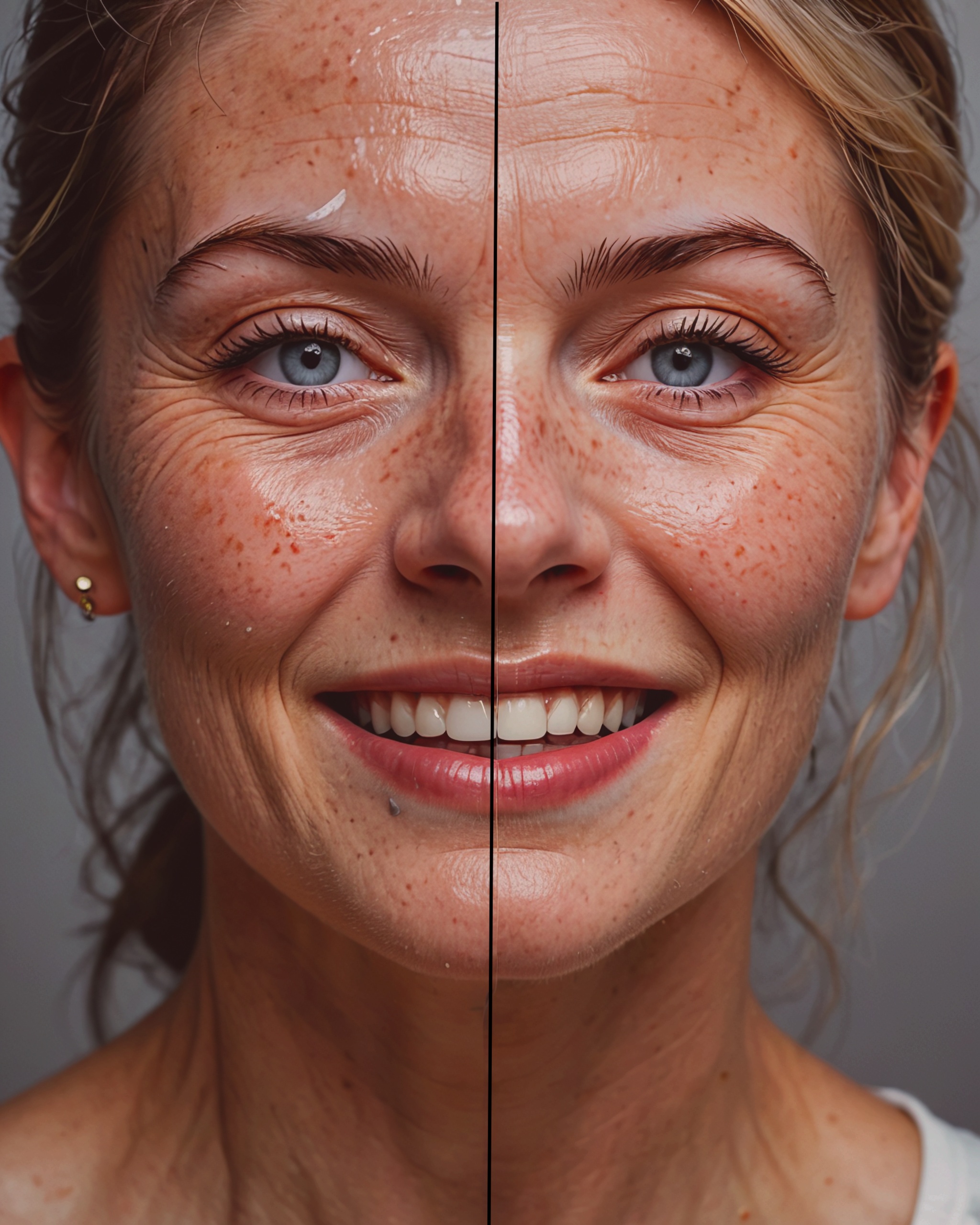Epidermal Growth Factor: The Fountain of Youth in a Bottle (or is it?)
The quest for youthful, radiant skin is a timeless one. Countless products flood the market, each promising the secret to reversing the aging process. Among these contenders, Epidermal Growth Factor (EGF) has emerged as a popular ingredient, lauded for its potential to rejuvenate skin. But what exactly is EGF, and how does it impact our skin’s health? Let’s delve into the science behind this intriguing molecule.
What is EGF?
EGF is a naturally occurring protein found in our blood, saliva, and most importantly, skin cells. It plays a crucial role in cellular communication, specifically stimulating the growth and proliferation of new skin cells. As we age, our body’s production of EGF naturally declines. This decrease in EGF activity is linked to the visible signs of aging, like wrinkles, fine lines, and uneven skin tone.
How Does EGF Work?
EGF binds to specific receptors on the surface of skin cells. This binding triggers a cascade of cellular events that promote skin renewal. Here’s a simplified breakdown of the process:
- Stimulates Cell Proliferation: EGF signals skin cells to replicate, increasing the production of new, healthy cells. This plumps the skin and reduces the appearance of wrinkles.
- Promotes Collagen Production: Collagen is the scaffolding that provides our skin with structure and firmness. EGF encourages the production of collagen, leading to firmer, younger-looking skin.
- Enhances Wound Healing: EGF plays a vital role in wound healing by accelerating the regeneration of damaged tissues. This translates to faster healing of minor cuts, scrapes, and even acne scars.
- Improves Skin Barrier Function: EGF helps strengthen the skin’s natural barrier, which protects us from environmental aggressors like pollution and UV rays. This can lead to improved skin hydration and reduced sensitivity.
The Science Behind EGF’s Effectiveness
Research on EGF’s impact on skin health has yielded promising results. Studies have shown that topical application of EGF can:
- Reduce the appearance of wrinkles and fine lines: A 2009 study published in the Journal of Dermatological Science found that a topical EGF solution significantly improved wrinkle depth and skin elasticity in participants after 8 weeks of use.
- Improve skin texture and tone: A 2011 study in the International Journal of Dermatology demonstrated that EGF could enhance skin texture and even out skin tone after 12 weeks of application.
- Promote wound healing: A 2 study published in Wound Repair and Regeneration showed that EGF could accelerate wound healing in animal models.
Is EGF a Miracle Cure for Aging Skin?
While the research on EGF is encouraging, it’s important to maintain realistic expectations. EGF is not a magic bullet that will erase all signs of aging. Here are some factors to consider:
- Concentration Matters: The effectiveness of EGF products depends on the concentration of the ingredient. Look for products with a sufficient amount of EGF to deliver noticeable results.
- Delivery System: The delivery system of an EGF product plays a crucial role. EGF is a large molecule, and some topical formulations may not be able to penetrate deep enough into the skin to be effective.
- Individual Results: Skincare results can vary significantly depending on individual factors like age, genetics, and overall skincare routine.
Who Can Benefit Most from EGF?
EGF might be particularly beneficial for individuals with:
- Mature Skin: As EGF production naturally declines with age, those with mature skin may see the most significant results in terms of wrinkle reduction and improved firmness.
- Sun-Damaged Skin: EGF can help stimulate collagen production, which can improve the appearance of sun damage.
- Wounds and Scars: EGF’s wound-healing properties can be helpful for promoting faster healing of minor wounds and reducing the appearance of scars.
Things to Consider Before Using EGF Products
While EGF is generally considered safe for most skin types, there are some things to keep in mind:
- Potential for Irritation: Some individuals may experience mild irritation like redness or dryness when using EGF products for the first time. It’s recommended to patch test on a small area of skin before applying it to your entire face.
- Consult a Dermatologist: If you have any concerns about using EGF products, especially if you have sensitive skin or pre-existing skin conditions, it’s best to consult with a dermatologist for personalized advice.
- Pregnancy and Breastfeeding: The safety of EGF for pregnant and breastfeeding women hasn’t been fully established. It’s best to avoid EGF products during these times.

